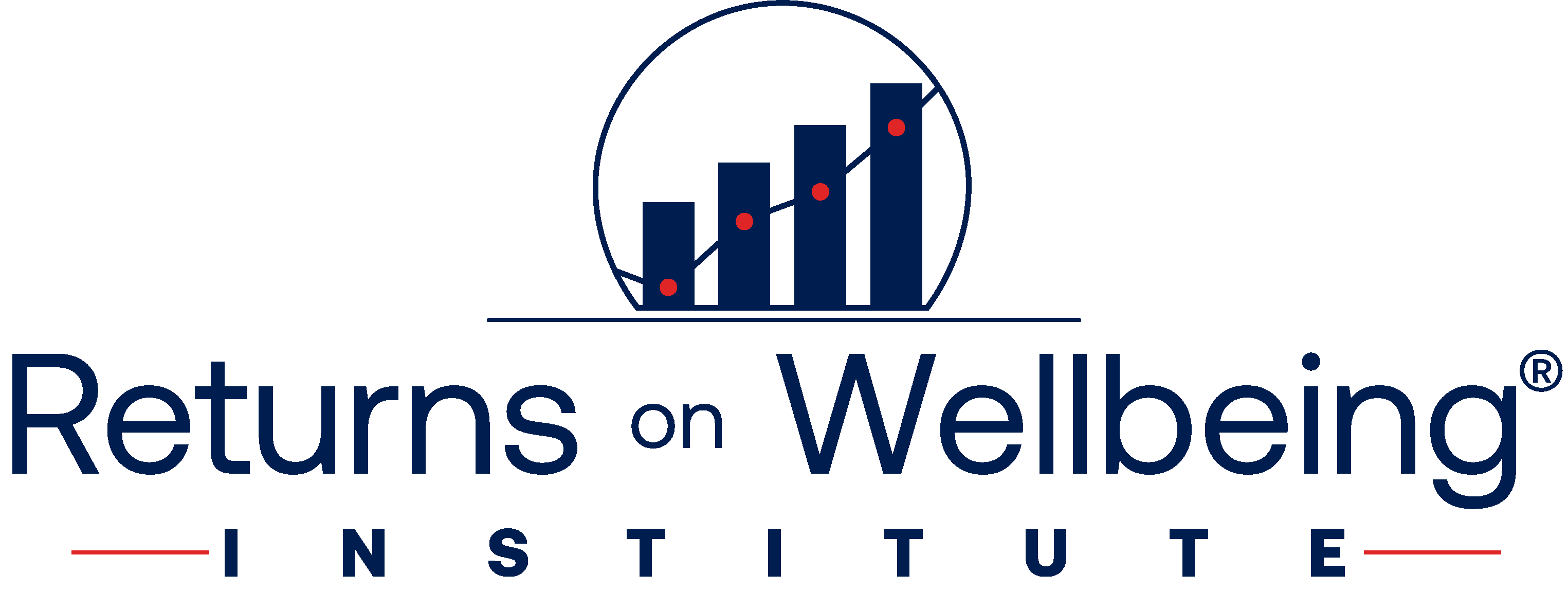 Stress plays a role in our personal wellbeing. And while moderate stress is a part of everyday life, sustained, high stress can lead to serious physical and mental illness.
Stress plays a role in our personal wellbeing. And while moderate stress is a part of everyday life, sustained, high stress can lead to serious physical and mental illness.
The World Health Organization said high stress is a health epidemic and estimates that workplace stress costs American businesses more than $300 billion a year. Between 1983 and 2009, for example, stress increased by 10-30% among all demographic groups in the US.
The Returns On Wellbeing Institute Podcast interviewed Dr. Richard Citrin, a psychologist and author of The Resilience Advantage, to explore today’s high stress levels and provide an approach for helping employees to address stress and helping employers to build more resilient workplaces.
Below is an excerpt of the full podcast.
ROWI: Stress in the United States has reached crisis levels. It’s in the news and studies say that stress levels are off the charts. What’s going on here and what’s causing all this stress?
We’re all working harder, with longer work hours. We have more things to do than 20 years ago.
Technology has added to our daily stress burden. People are plugged in 24/7, and checking emails and texts before sleep and right after waking up. Financial stress is also getting worse.
A number of organizations do not replace lost employees. Thus, the remaining employees have far more responsibilities than they did just a few years ago.
And while most people use traditional coping mechanisms to deal with personal and organizational stress, problems rise with ongoing ‘chronic’ stress that remains high over time. This can lead to serious and costly health issues.
ROWI: How should people manage normal stress so that it does not get out of control?
Stress is a biological response to everyday life. But we can learn cognitive skills to manage how we perceive and respond to everyday stressors. The goal is learning how to reframe normal stressful circumstances so they do not cause our stress levels to rise out of control.
For example, I recently had to commute to a meeting that usually takes 20 minutes. During the drive, I checked my GPS and I saw it would take an hour, which was not what I expected.
Now, this could have caused a stress response for me. And everyone’s familiar with a stress reaction. That racing heartbeat, hands getting clammy. That’s the body’s normal response.
But the body also has a natural drive to return to normal. In 30 seconds after that initial stress response, your body pumps out hormones that drive that stress reaction down and return the body to our normal state.
This is the critical moment where we either let stress take over, or modulate our response to the situation.
In my example of being late for a meeting, I could have gotten stressed out and angry. But I stopped and considered how to make the best of it and used the extra time to listen to my favorite podcast. I avoided getting stressed and had a good time.
This approach is an important aspect of my resilience model that teaches how to reappraise situations that otherwise might automatically lead to stress. Most times, it comes down to how we react to stressful events so our body does not go into overdrive.
ROWI: Should employers ask employees about their existing stress levels?
Richard: That’s a tough issue. Mental health-related issues are often not something people readily talk about. I suggest using engagement surveys to ask employees about stress.
Another approach is asking employees for ideas for creating a mentally healthy workplace that’s more affirming, positive, and mentally healthy.
For example, I have a client who starts every meeting with three minutes of mindfulness exercises. He leads employees through guided meditation and focuses on bringing people into the present, and looking at the day’s agenda with a fresh attitude.
ROWI: What steps should organizations take to build resilience into their workforces?
First, they need to realize how much stress impacts productivity, profits, and employee retention. They need to go beyond EAPs and view stress as a workplace cultural issue and change their cultures and operational processes to reduce unnecessary workplace stress.
I define resilience as the ability to navigate and bounce forward from challenging and adverse situations. The goal is to learn from them and not merely bounce back from stressful situations, but become more empowered by them.
Workplace stress is an organizational cultural issue. It requires helping employees “manage stress” and creating cultures conducive to employee mental wellbeing.
The first part of any strategy is getting buy-in from senior leadership. This is the only way for the strategy to be effective.
Employers can help mitigate unnecessary workplace stress by teaching managers essential leadership skills, such as how to decide and communicate with employees and not contribute to high stress. Organizations have to ensure that workloads are manageable and prepare employees for inevitable stressful changes in the workplace.
PNC Bank, one of my clients, has “resilience competency” in its leadership dictionary because they expect leaders to manage stress. Goodyear, another client, approaches stress management as a leadership skill. Both companies educate their managers on managing stress and they test their leaders around this competency.

